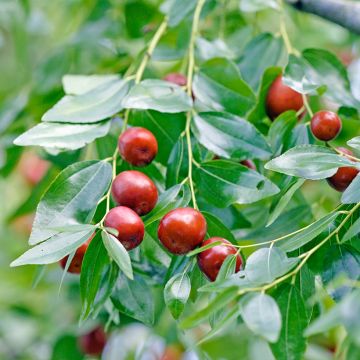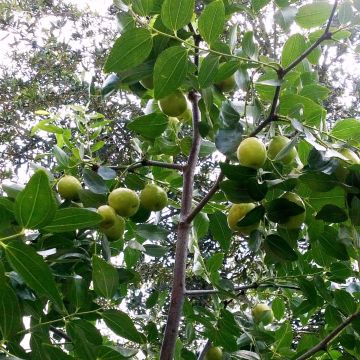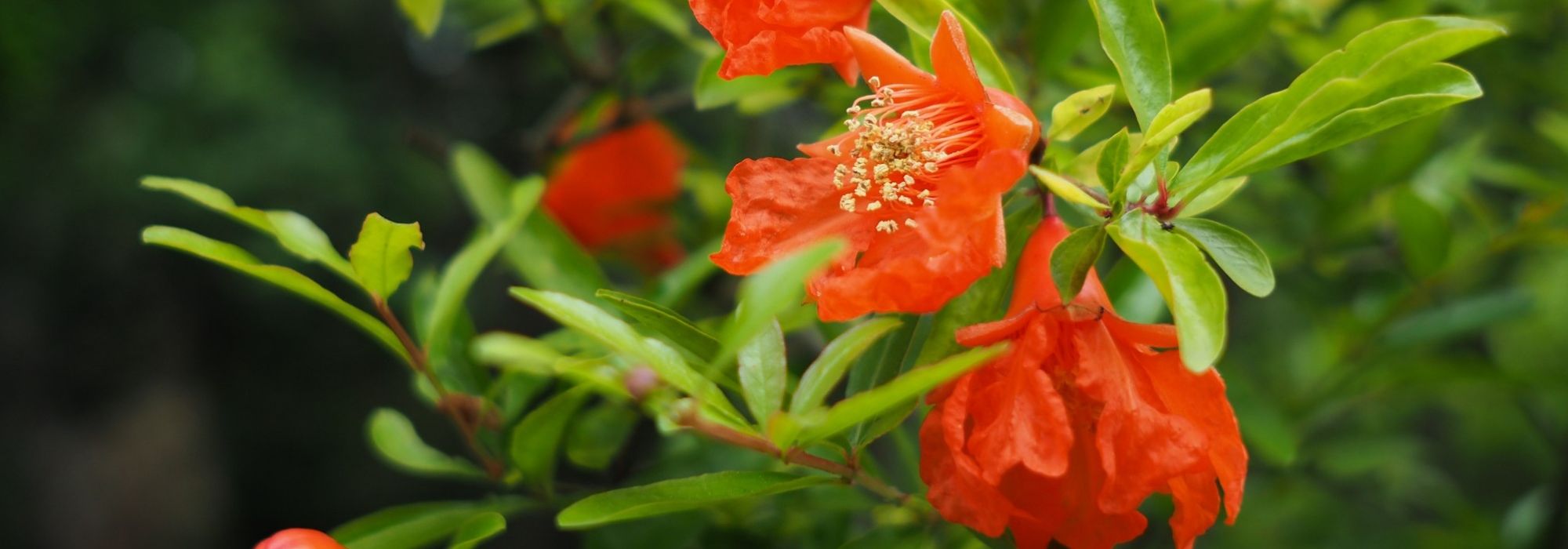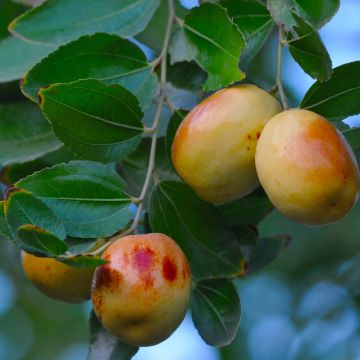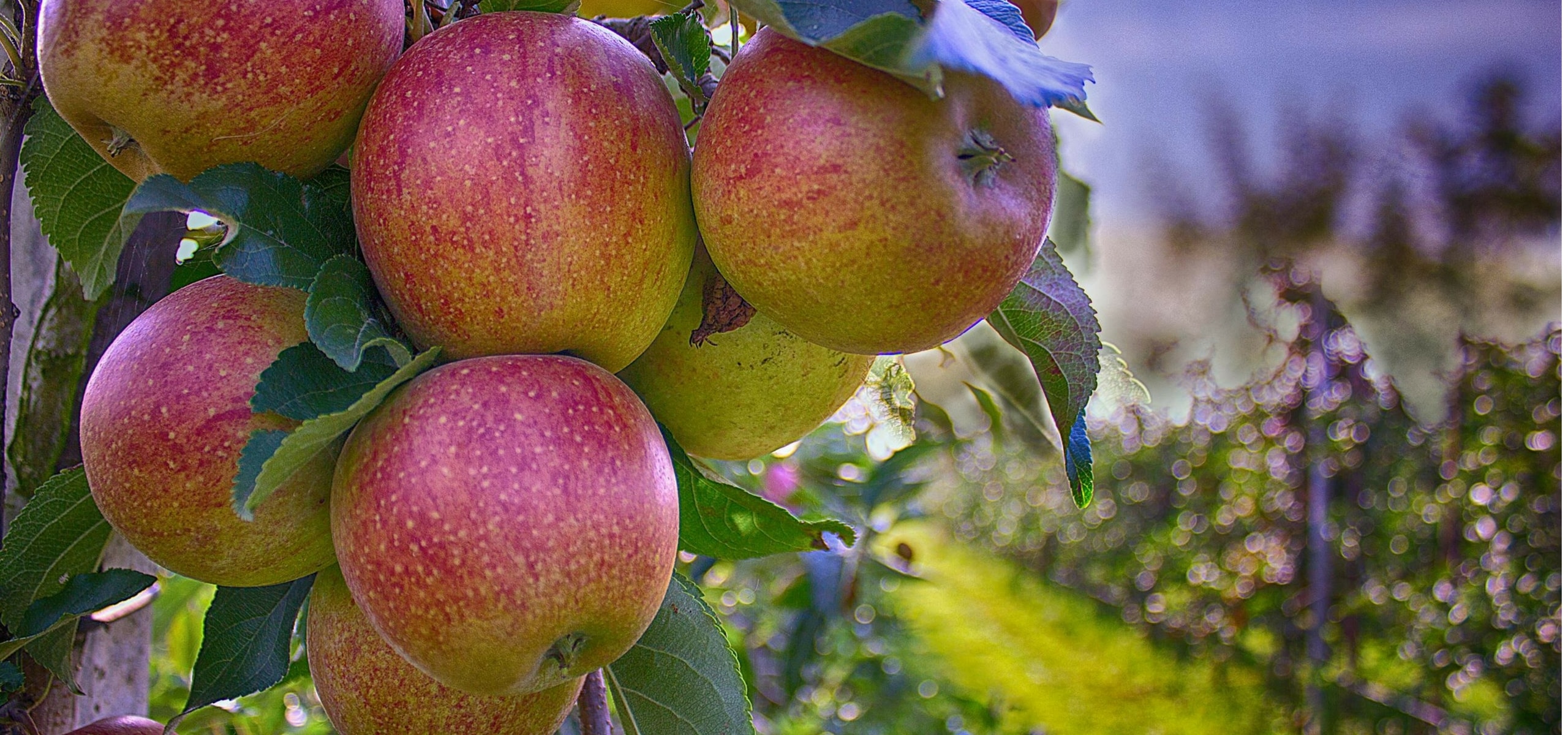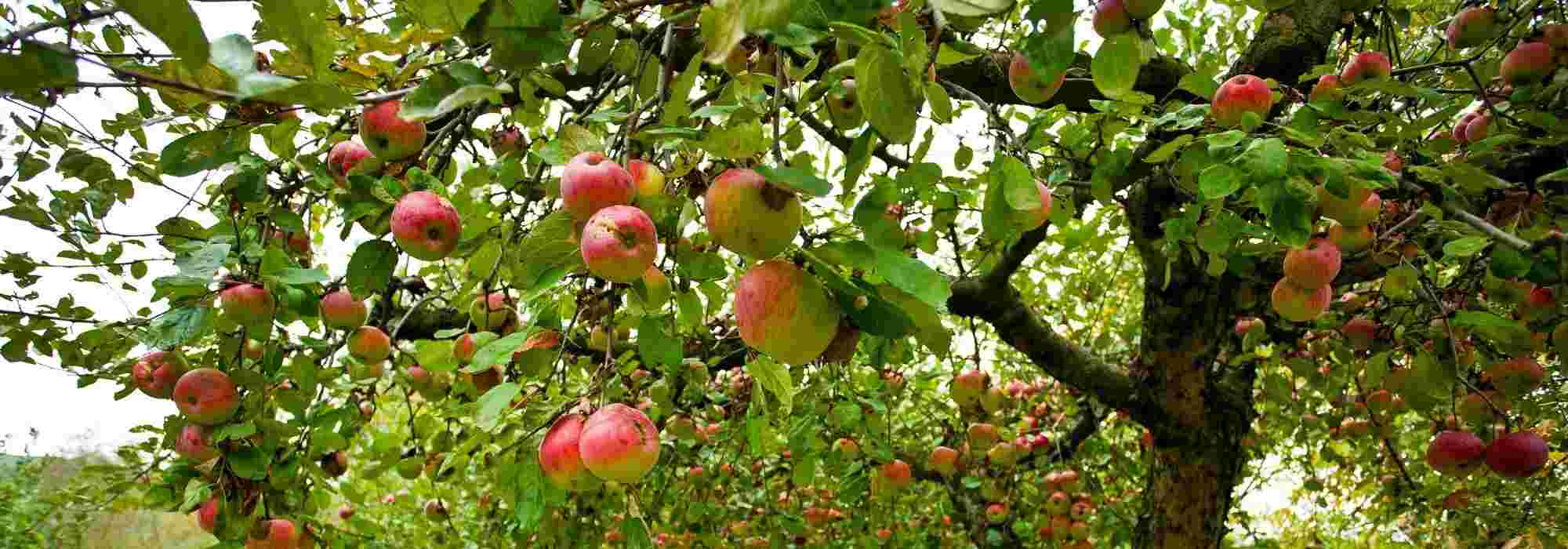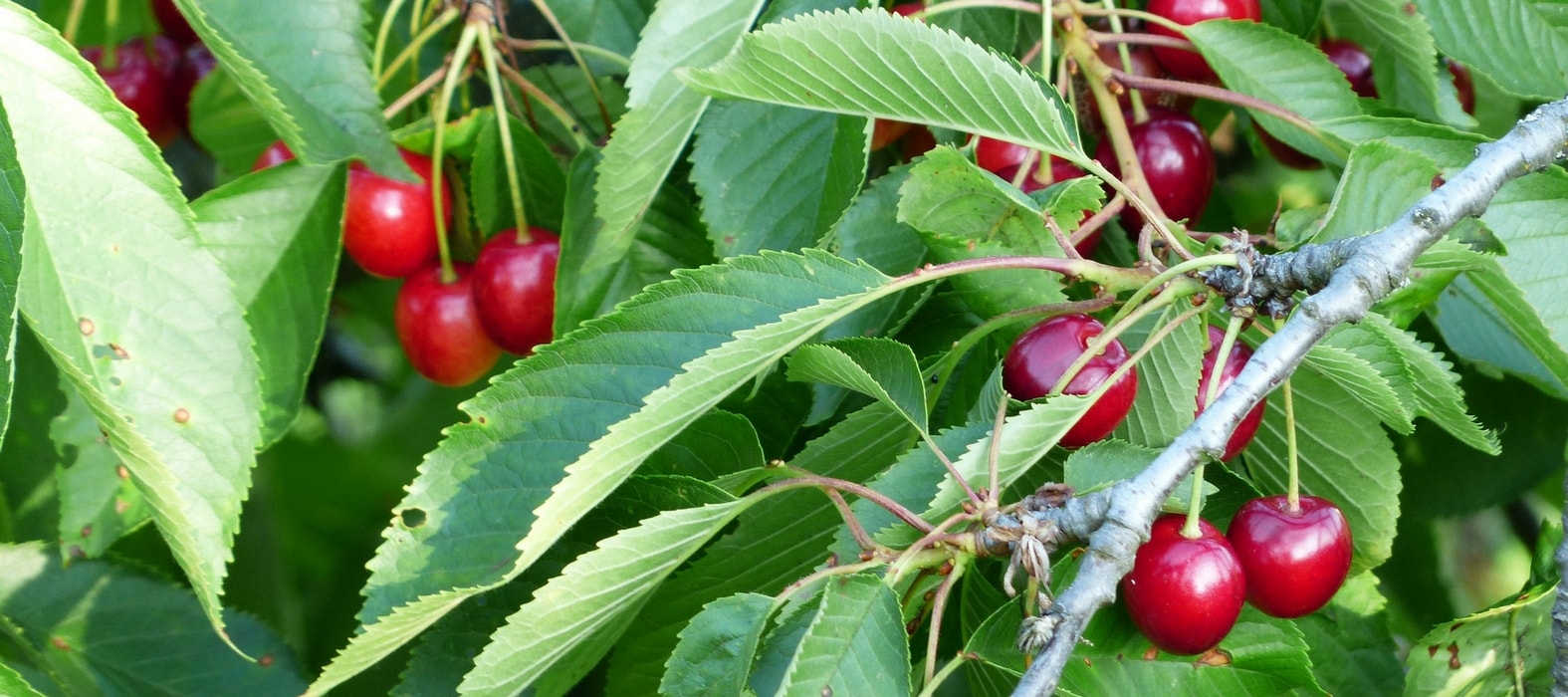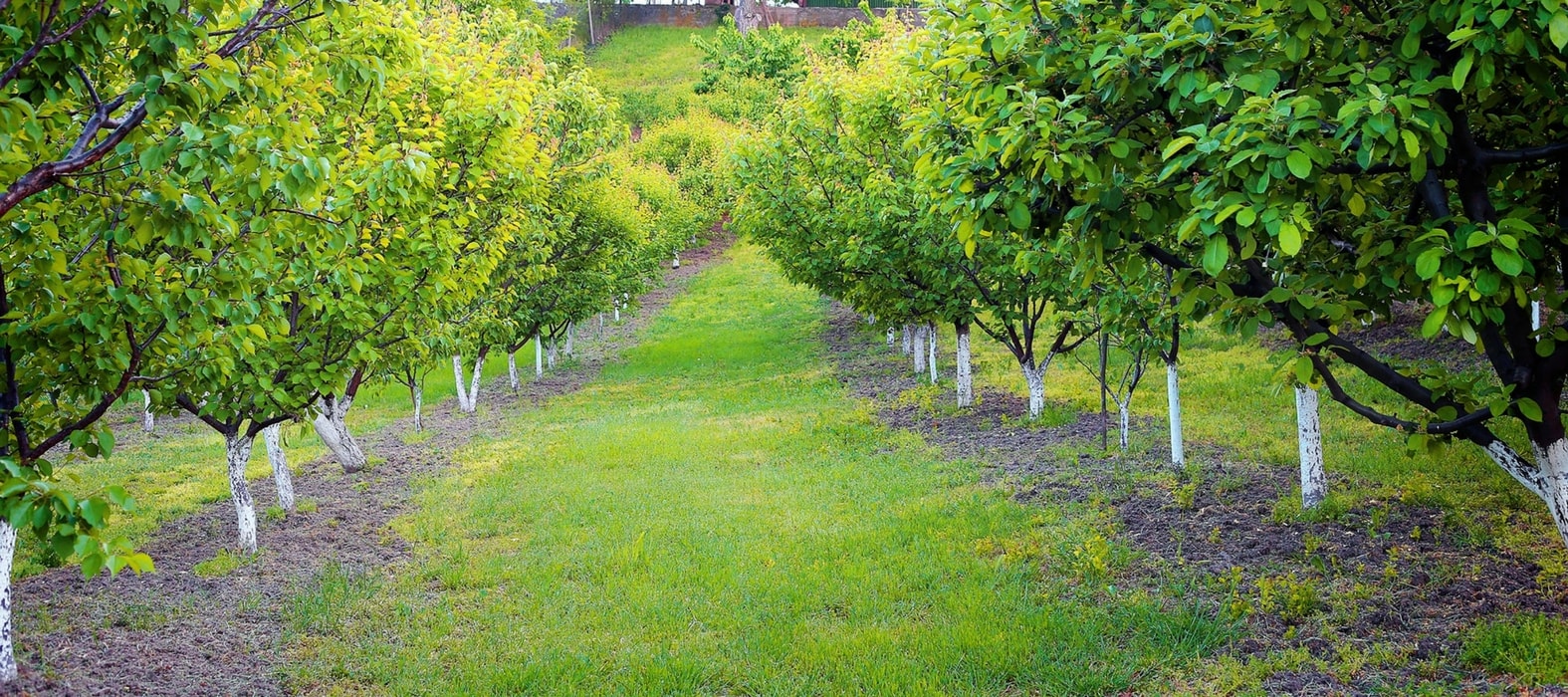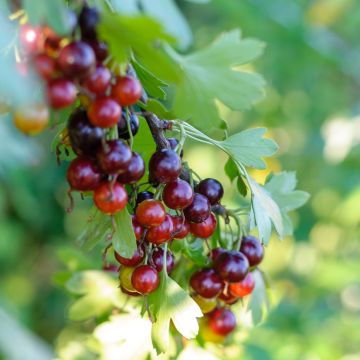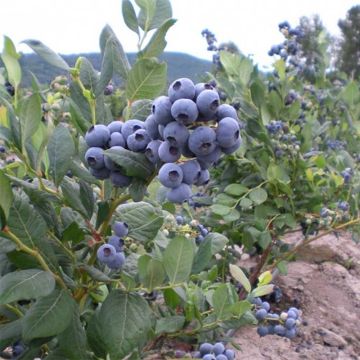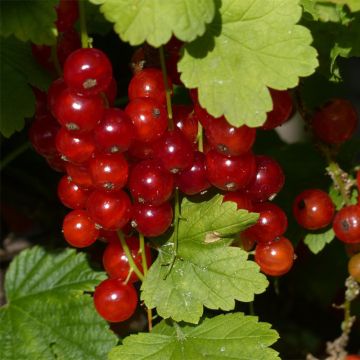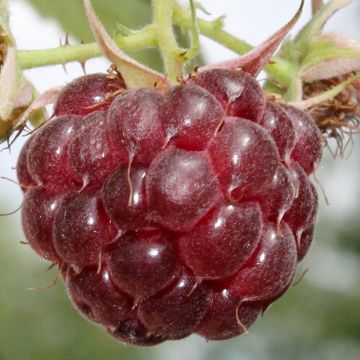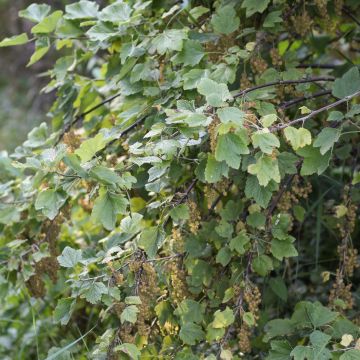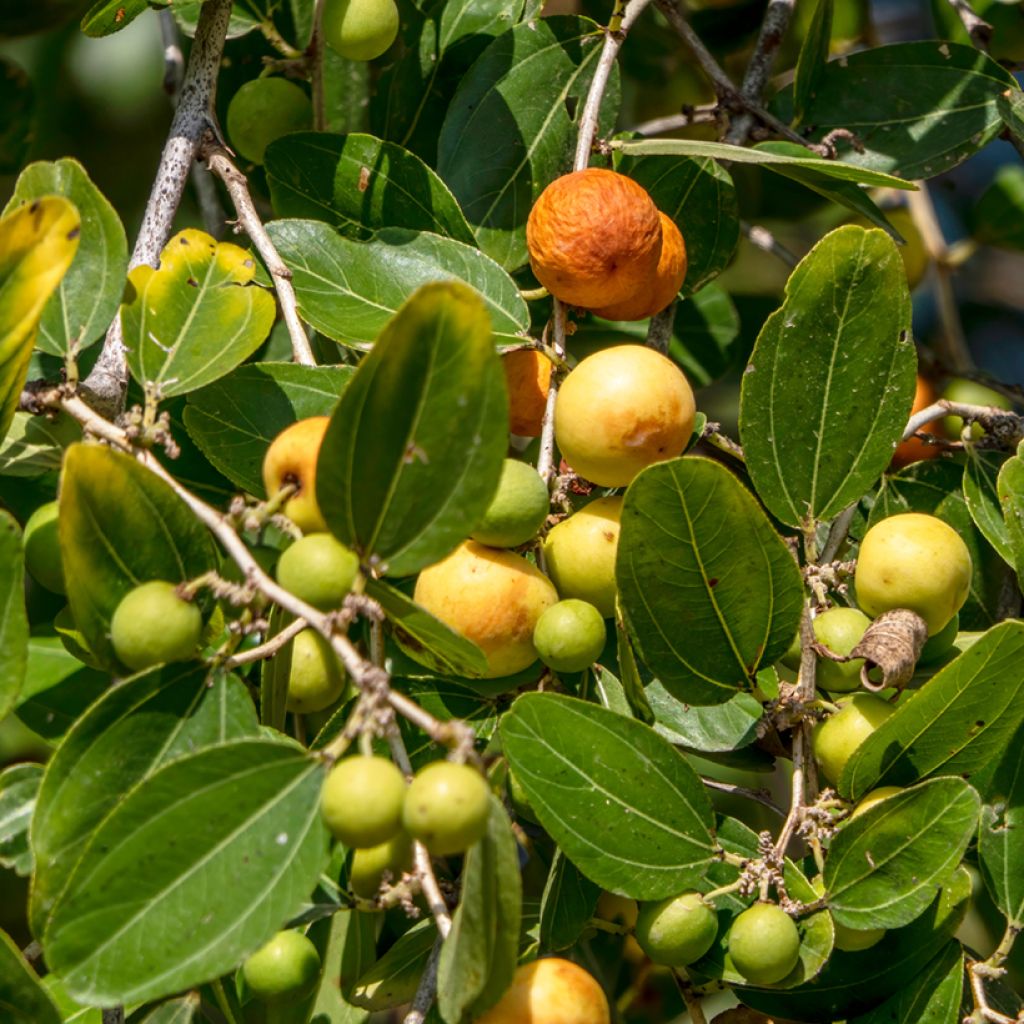

Ziziphus spina-christi - Christ's thorn jujube


Ziziphus spina-christi - Christ's thorn jujube
Ziziphus spina-christi - Christ's thorn jujube
Ziziphus spina-christi
Christ's thorn jujube
Special offer!
Receive a €20 voucher for any order over €90 (excluding delivery costs, credit notes, and plastic-free options)!
1- Add your favorite plants to your cart.
2- Once you have reached €90, confirm your order (you can even choose the delivery date!).
3- As soon as your order is shipped, you will receive an email containing your voucher code, valid for 3 months (90 days).
Your voucher is unique and can only be used once, for any order with a minimum value of €20, excluding delivery costs.
Can be combined with other current offers, non-divisible and non-refundable.
Why not try an alternative variety in stock?
View all →This plant carries a 6 months recovery warranty
More information
We guarantee the quality of our plants for a full growing cycle, and will replace at our expense any plant that fails to recover under normal climatic and planting conditions.
Description
The Christ's Thorn Jujube (Ziziphus spina-christi) is a tree with a twisted habit and thorny branches, which will withstand very hot and dry climates. Its bright green foliage shelters a discreet yet nectar-rich flowering, highly attractive to bees. Its small, sweet fruits resemble jujubes. it is not very hardy, tolerating temperatures down to -5°C to -7°C at peak, but prefers milder winters. This is a tree steeped in history, embodying both resilience and mysticism!
Ziziphus spina-christi, commonly known as Christ's Thorn Jujube or Palestine Jujube, belongs to the Rhamnaceae family. It is a cousin of the common jujube. Native to arid and semi-arid regions of North Africa, the Sahel, the Middle East, and the Arabian Peninsula, it is particularly prevalent in the Levant, East Africa, and Mesopotamia. It grows naturally in valleys, alluvial plains, and desert areas, up to an altitude of 500 metres. It is well-adapted to hot and dry environments, tolerating annual rainfall of just 50 to 500 mm. The wood of Ziziphus spina-christi is dense and durable, used in carpentry and for making charcoal. The tree is also valued for its medicinal and cultural uses, particularly in traditional medicine and certain religious practices.
In the wild, this tree can reach a height of 15 to 20 metres, with a trunk up to 60 cm in diameter. Its habit is spreading, with a dense, rounded crown. The trunk is often twisted, covered in light grey bark, deeply fissured and scaly. The branches are armed with pairs of sturdy thorns, typically measuring between 1 and 2.5 cm in length. The alternate and single, 2 to 6 cm long leaves are ovate to elliptical, with a rounded base and a pointed tip. The upper surface is dark green and glossy, while the underside is paler and hairy. The foliage is evergreen in warm climates but may become semi-evergreen or deciduous depending on environmental conditions.
The nectar-rich flowering of this Ziziphus occurs mainly in spring and summer. The flowers emit a subtle fragrance. The fruits are round to ovate edible drupes, measuring 1 to 2.5 cm in diameter. When ripe, they turn yellowish-brown. The flesh is sweet, encasing a hard stone containing one or two seeds. These fruits can be eaten fresh or dried, and possess recognised medicinal properties.
In favourable climates, the Christ's Thorn Jujube can be planted in an orchard or an ornamental garden, alongside pomegranates, an olive tree, a fig tree, and grapevines. If not grown solely for its fruit, it can also be integrated into a defensive hedge, with hawthorn, Cassier, and Pyracantha. All these plants are truly low-maintenance, perfectly self-sufficient once established, ornamental, and valuable for biodiversity.
If winters are too cold to grow the Christ's Thorn Jujube in the ground, opt for container cultivation. Before frost sets in, move it to a cold greenhouse, an unheated conservatory, or a bright room (5-10°C).
Plant habit
Fruit
Flowering
Foliage
Botanical data
Ziziphus
spina-christi
Rhamnaceae
Christ's thorn jujube
Rhamnus spina-christi
China
Other Jujube trees - Ziziphus
View all →Planting and care
Plant the Christ's Thorn Jujube in autumn in dry and warm regions, but in spring elsewhere. Position it in a sunny or partially shaded spot, sheltered from cold and dry winds, but avoid planting near house walls, as its roots spread over wide distances. Plant it in light, well-draining soil that is low in organic matter. It tolerates sandy, stony, and slightly chalky soils equally well. When planting in the ground, ensure sufficient space for its growth and provide regular watering during the first year to encourage root establishment. Once well-established, it becomes highly drought-resistant.
In pots, choose a large container (40-50 cm in diameter) with a well-draining substrate (a mix of potting soil, sand, and compost). Water moderately in summer and reduce in winter. It responds well to pruning, which helps control its growth and maintain a balanced shape.
Prune in late winter or early spring by removing dead wood, overly long or poorly positioned branches, and any unwanted suckers at the base if necessary.
It is essential to treat against the Mediterranean fruit fly, or the harvest may be completely ruined. For this, you can use traps that are safe for biodiversity.
Planting period
Intended location
Care
Planting & care advice
This item has not been reviewed yet - be the first to leave a review about it.
Similar products
Haven't found what you were looking for?
Hardiness is the lowest winter temperature a plant can endure without suffering serious damage or even dying. However, hardiness is affected by location (a sheltered area, such as a patio), protection (winter cover) and soil type (hardiness is improved by well-drained soil).

Photo Sharing Terms & Conditions
In order to encourage gardeners to interact and share their experiences, Promesse de fleurs offers various media enabling content to be uploaded onto its Site - in particular via the ‘Photo sharing’ module.
The User agrees to refrain from:
- Posting any content that is illegal, prejudicial, insulting, racist, inciteful to hatred, revisionist, contrary to public decency, that infringes on privacy or on the privacy rights of third parties, in particular the publicity rights of persons and goods, intellectual property rights, or the right to privacy.
- Submitting content on behalf of a third party;
- Impersonate the identity of a third party and/or publish any personal information about a third party;
In general, the User undertakes to refrain from any unethical behaviour.
All Content (in particular text, comments, files, images, photos, videos, creative works, etc.), which may be subject to property or intellectual property rights, image or other private rights, shall remain the property of the User, subject to the limited rights granted by the terms of the licence granted by Promesse de fleurs as stated below. Users are at liberty to publish or not to publish such Content on the Site, notably via the ‘Photo Sharing’ facility, and accept that this Content shall be made public and freely accessible, notably on the Internet.
Users further acknowledge, undertake to have ,and guarantee that they hold all necessary rights and permissions to publish such material on the Site, in particular with regard to the legislation in force pertaining to any privacy, property, intellectual property, image, or contractual rights, or rights of any other nature. By publishing such Content on the Site, Users acknowledge accepting full liability as publishers of the Content within the meaning of the law, and grant Promesse de fleurs, free of charge, an inclusive, worldwide licence for the said Content for the entire duration of its publication, including all reproduction, representation, up/downloading, displaying, performing, transmission, and storage rights.
Users also grant permission for their name to be linked to the Content and accept that this link may not always be made available.
By engaging in posting material, Users consent to their Content becoming automatically accessible on the Internet, in particular on other sites and/or blogs and/or web pages of the Promesse de fleurs site, including in particular social pages and the Promesse de fleurs catalogue.
Users may secure the removal of entrusted content free of charge by issuing a simple request via our contact form.
The flowering period indicated on our website applies to countries and regions located in USDA zone 8 (France, the United Kingdom, Ireland, the Netherlands, etc.)
It will vary according to where you live:
- In zones 9 to 10 (Italy, Spain, Greece, etc.), flowering will occur about 2 to 4 weeks earlier.
- In zones 6 to 7 (Germany, Poland, Slovenia, and lower mountainous regions), flowering will be delayed by 2 to 3 weeks.
- In zone 5 (Central Europe, Scandinavia), blooming will be delayed by 3 to 5 weeks.
In temperate climates, pruning of spring-flowering shrubs (forsythia, spireas, etc.) should be done just after flowering.
Pruning of summer-flowering shrubs (Indian Lilac, Perovskia, etc.) can be done in winter or spring.
In cold regions as well as with frost-sensitive plants, avoid pruning too early when severe frosts may still occur.
The planting period indicated on our website applies to countries and regions located in USDA zone 8 (France, United Kingdom, Ireland, Netherlands).
It will vary according to where you live:
- In Mediterranean zones (Marseille, Madrid, Milan, etc.), autumn and winter are the best planting periods.
- In continental zones (Strasbourg, Munich, Vienna, etc.), delay planting by 2 to 3 weeks in spring and bring it forward by 2 to 4 weeks in autumn.
- In mountainous regions (the Alps, Pyrenees, Carpathians, etc.), it is best to plant in late spring (May-June) or late summer (August-September).
The harvesting period indicated on our website applies to countries and regions in USDA zone 8 (France, England, Ireland, the Netherlands).
In colder areas (Scandinavia, Poland, Austria...) fruit and vegetable harvests are likely to be delayed by 3-4 weeks.
In warmer areas (Italy, Spain, Greece, etc.), harvesting will probably take place earlier, depending on weather conditions.
The sowing periods indicated on our website apply to countries and regions within USDA Zone 8 (France, UK, Ireland, Netherlands).
In colder areas (Scandinavia, Poland, Austria...), delay any outdoor sowing by 3-4 weeks, or sow under glass.
In warmer climes (Italy, Spain, Greece, etc.), bring outdoor sowing forward by a few weeks.






























